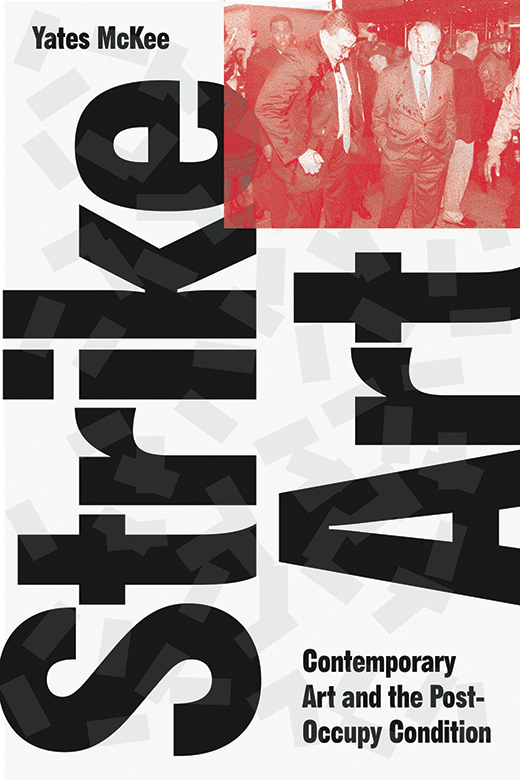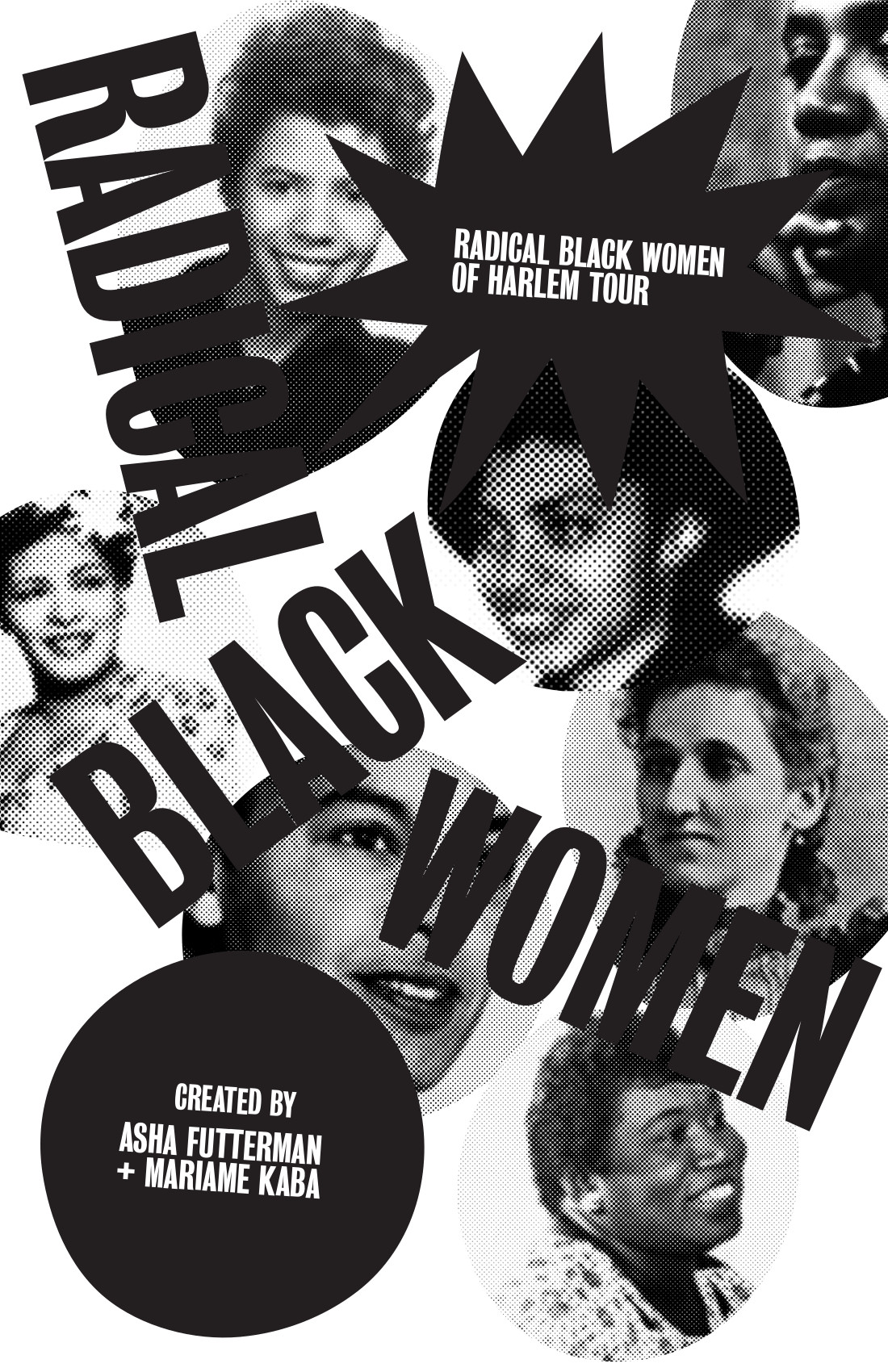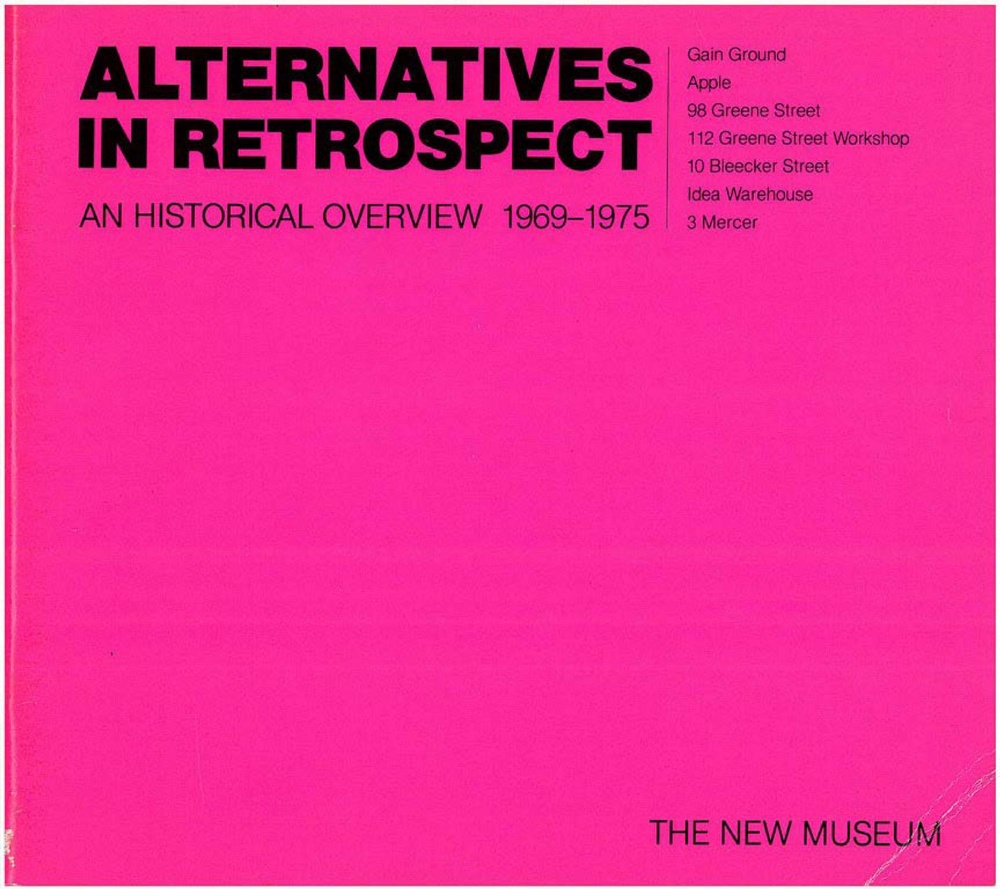Yates McKee: Strike Art: Contemporary Art and the Post-Occupy Condition (2016)
Filed under book | Tags: · aesthetics, anarchism, art, art system, black lives matter, commons, contemporary art, debt, direct action, gentrification, housing, new york, occupy movement, precarity, protest, situationists, social movements, spectacle

“The collision of activism and contemporary art, from the Seattle protests to Occupy and beyond
What is the relation of art to the practice of radical politics today? Strike Art explores this question through the historical lens of Occupy, an event that had artists at its core. Precarious, indebted, and radicalized, artists redirected their creativity from servicing the artworld into an expanded field of organizing in order to construct of a new—if internally fraught—political imaginary set off against the common enemy of the 1%. In the process, they called the bluff of a contemporary art system torn between ideals of radical critique, on the one hand, and an increasing proximity to Wall Street on the other—oftentimes directly targeting major art institutions themselves as sites of action.
Tracking the work of groups including MTL, Not an Alternative, the Illuminator, the Rolling Jubilee, and G.U.L.F, Strike Art shows how Occupy ushered in a new era of artistically-oriented direct action that continues to ramify far beyond the initial act of occupation itself into ongoing struggles surrounding labor, debt, and climate justice, concluding with a consideration of the overlaps between such work and the aesthetic practices of the Black Lives Matter movement.
Art after Occupy, McKee suggests, contains great potentials of imagination and action for a renewed left project that are still only beginning to ripen, at once shaking up and taking flight from the art system as we know it.”
Publisher Verso Books, London and New York, Feb 2016
ISBN 9781784781880, 1784781886
296 pages
Reviews: Marc James Léger (Marx & Philosophy, 2016), Philipp Kleinmichel (Radical Philosophy, 2018), Paloma Checa-Gismero (Field, 2016), John Ayscough (Visual Culture in Britain, 2017), Kristin Gecan (Chicago Review, 2016).
Discussion: Gregory Sholette, a.o. (e-flux supercommunity, 2016).
Book launch
EPUB (6 MB)
Comment (0)Radical Black Women of Harlem Tour (2019)
Filed under booklet | Tags: · activism, black people, new york, social movements, women

“Harlem is both an idea and a place. What became known as the ‘Black Mecca’ began as a farming village inhabited first by the Lenape and then by the Dutch. The first Black people in Harlem, both freed and enslaved, worked on farms in the area known as Niew Haarlem. New Haarlem was formally established as a settlement by Peter Stuyvesant in 1658 and was named after the Dutch city of Haarlem. For generations, the sole connection between Niew Haarlem and Niew Amsterdam was a diagonal road built on an old Native path: a street we now call Broadway…
Learn more about this history and the extraordinary contributions of radical Black women who built community, fought for freedom, and imagined other futures, including Williana Jones Burroughs, Regina Anderson Andrews, Ella Baker, Claudia Jones, Lorraine Hansberry, Salaria Kee, Madame C.J. Walker, A’Lelia Walker, Victoria Earle Matthews, Zora Neale Hurston, Louise Thompson Patterson, Dorothy Height, Pauli Murray, Amy Ashwood Garvey, Billie Holiday, Audre Lorde, Madame Stephanie St. Clair, Marvel Cooke, Eslanda Goode Robeson, Una Mulzac, Grace Campbell, and Willie Mae Mallory.
The Radical Black Women of Harlem Walking Tour offers an important contribution to the effort to uplift Black women’s intellectual, social and political work. We encourage community members, students, and educators to use this guidebook to organize tours in New York City, or as inspiration to design guidebooks in other neighborhoods and cities.”
Research and Writing by Asha Futterman and Mariame Kaba
Published in New York, May 2019
20 pages
HT jul
Alternatives in Retrospect: An Historical Overview 1969-1975 (1981)
Filed under catalogue | Tags: · 1970s, alternative culture, art history, art system, new york

“An examination of the activities and influence of seven ‘alternative spaces’ active in New York City from the late-1960s to mid-1970s, including Gain Ground, Apple, 98 Green Street, 112 Green Street Workshop, 10 Bleecker Street, Idea Warehouse, and 3 Mercer. Most of them received little outside or institutional funding and all reflect the changing definition of “alternative space” over the decade. Preface by Marcia Tucker, with introduction by Jacki Apple, and essay by Mary Delahoyd. Includes Directors’ and artists’ statements. Published on occasion of the exhibition Alternatives in Retrospect: An Historical Overview 1969-1975. ”
Publisher New Museum of Contemporary Art, New York, 1981
LCCN 8181185
52 pages

